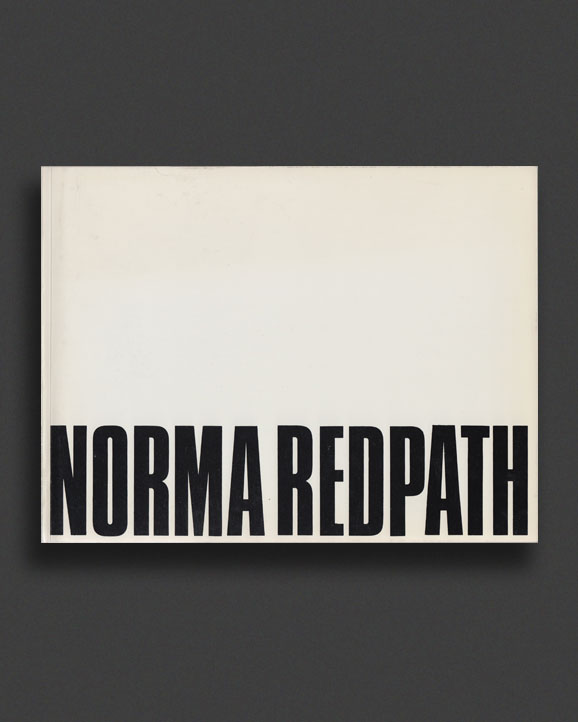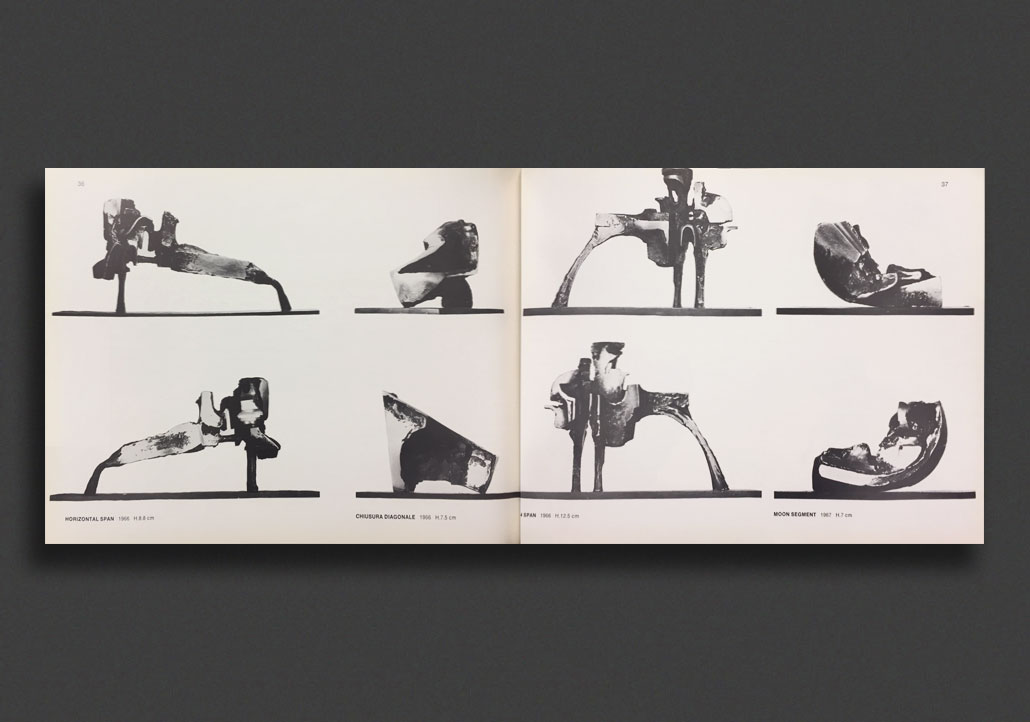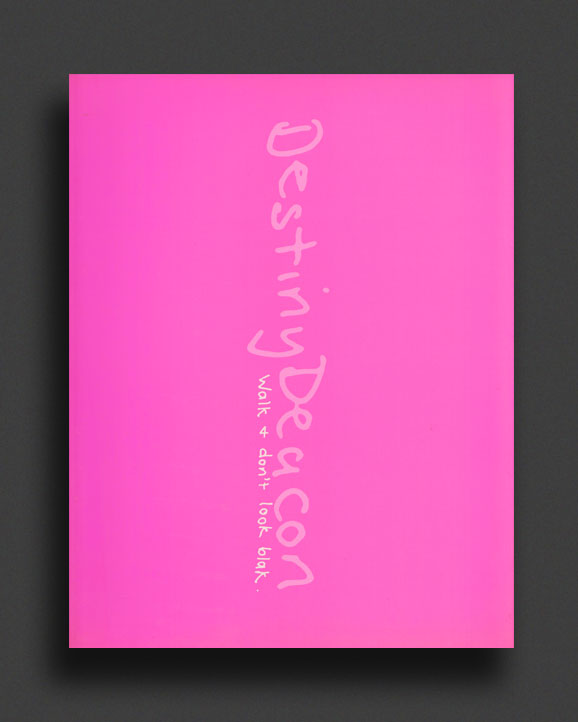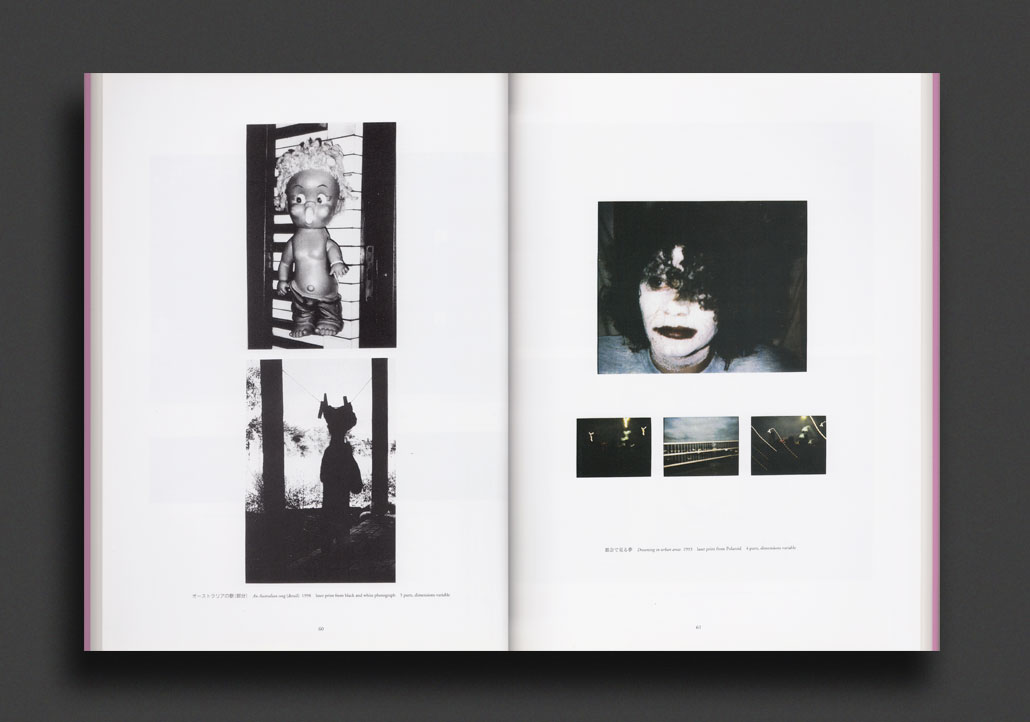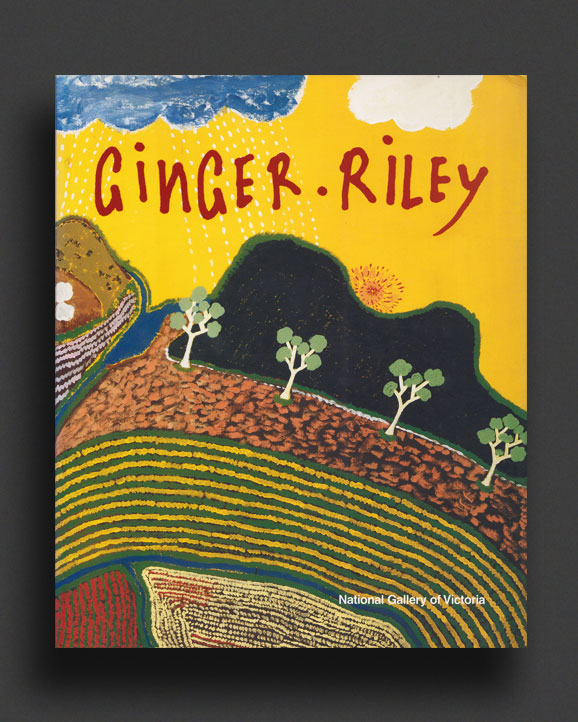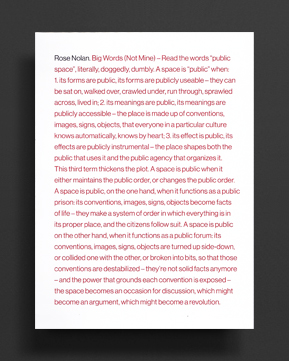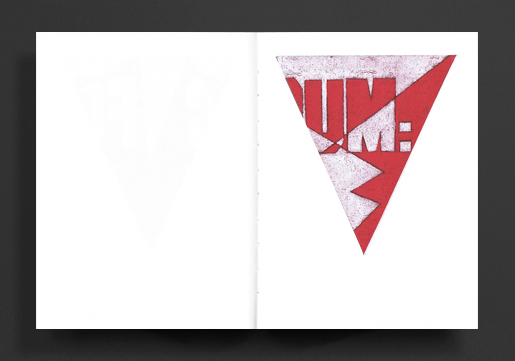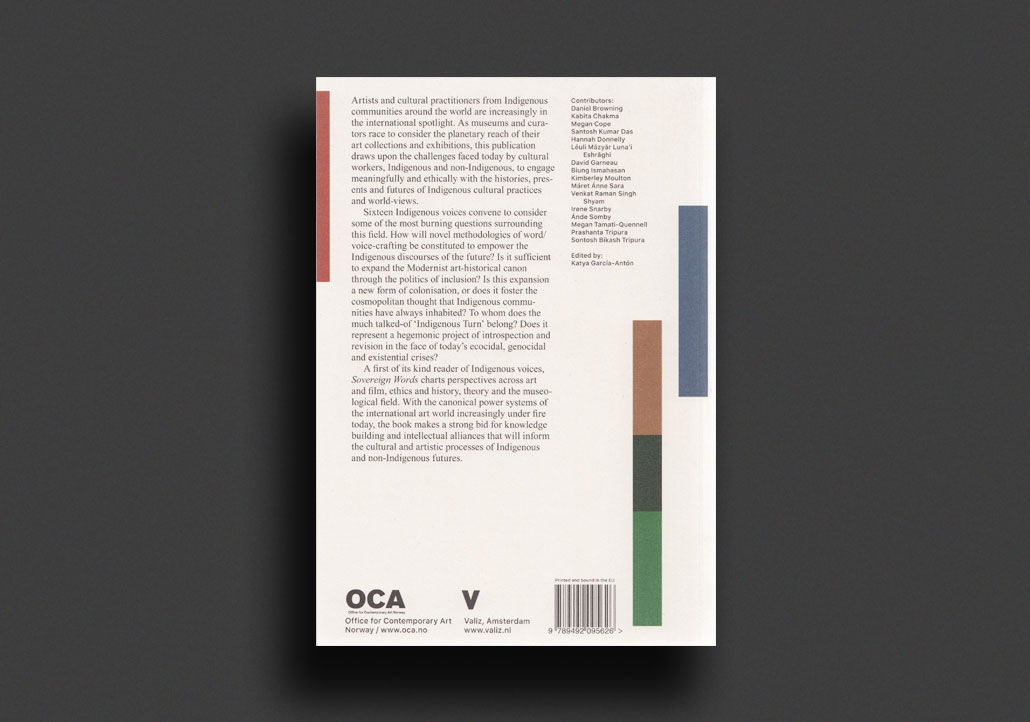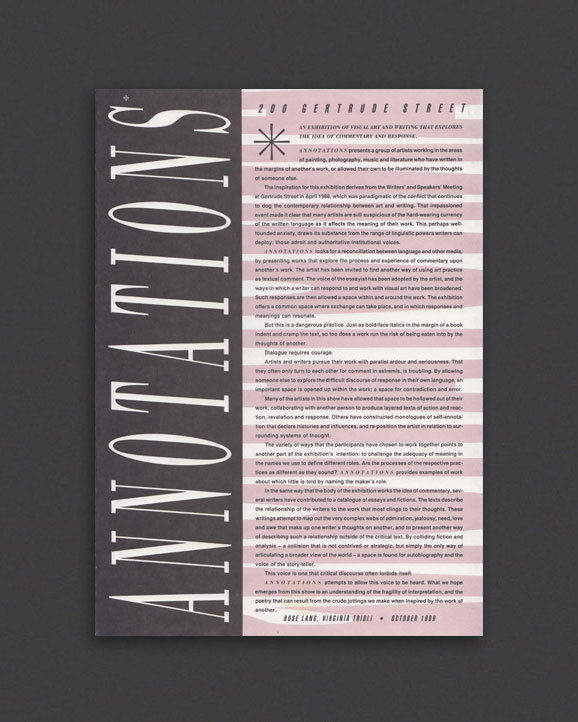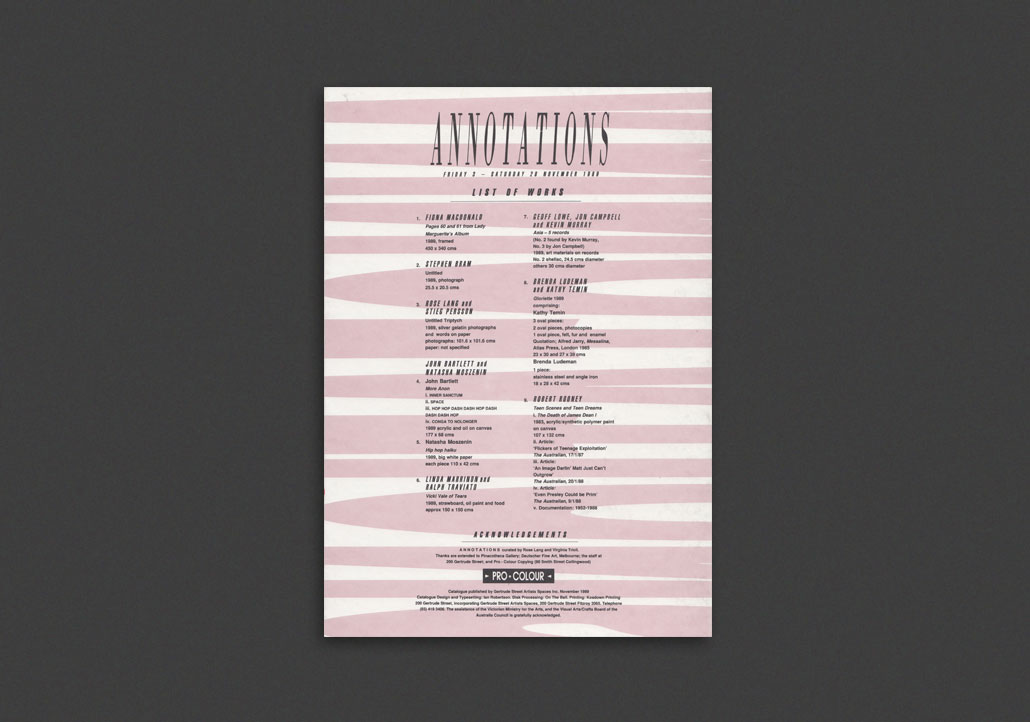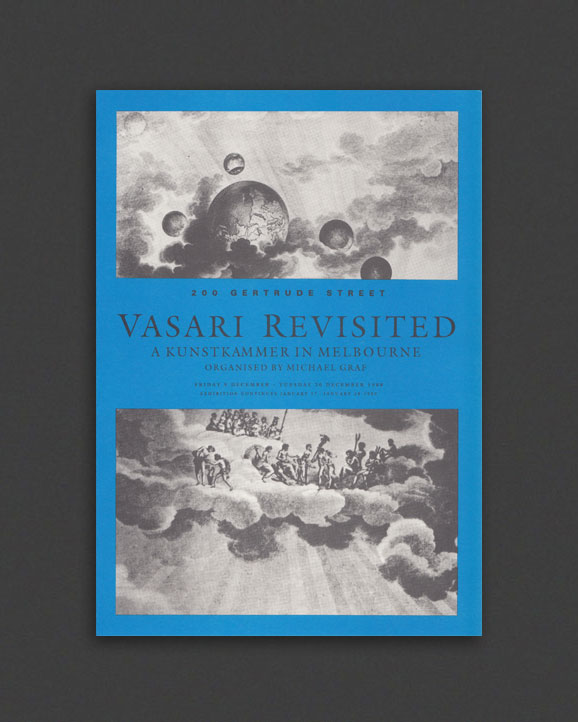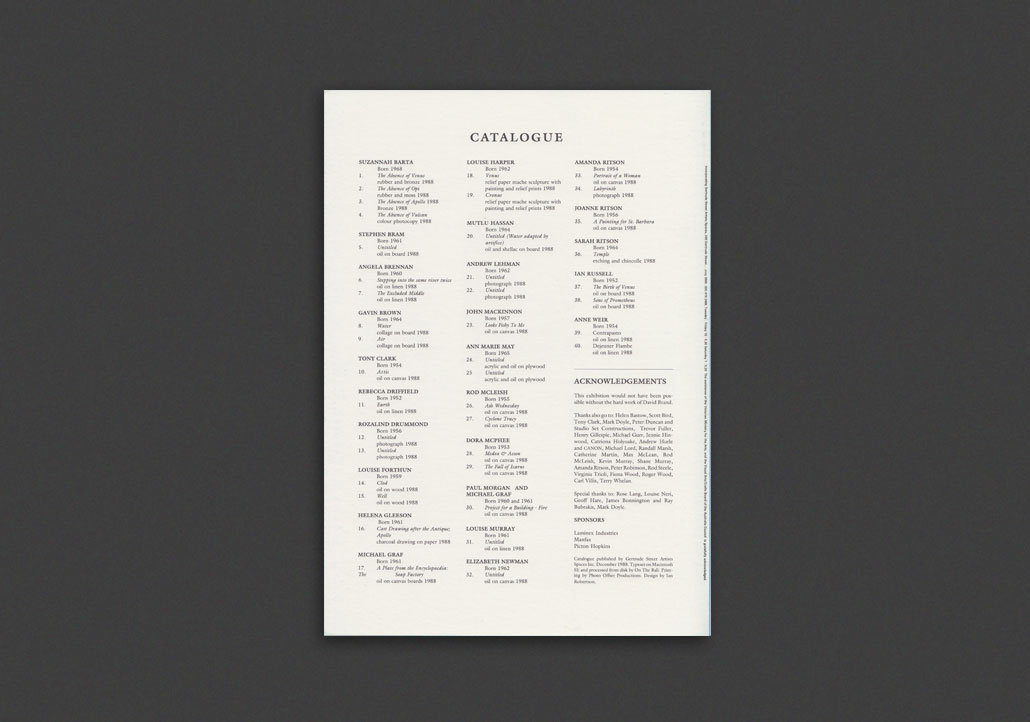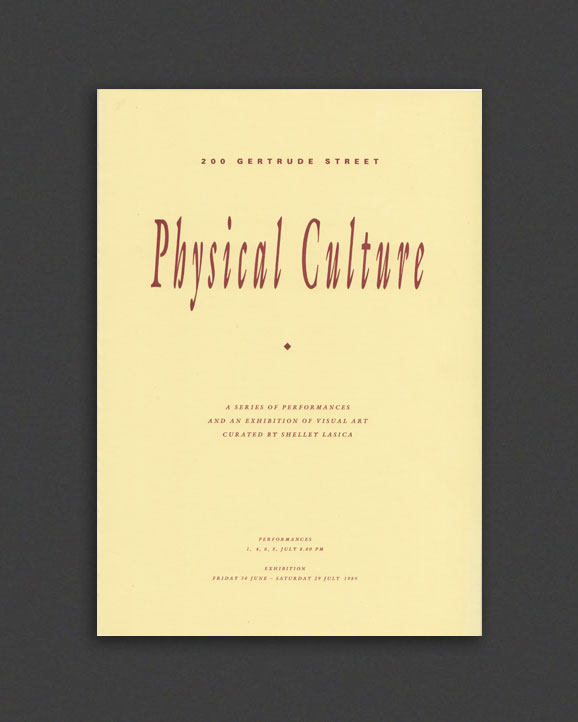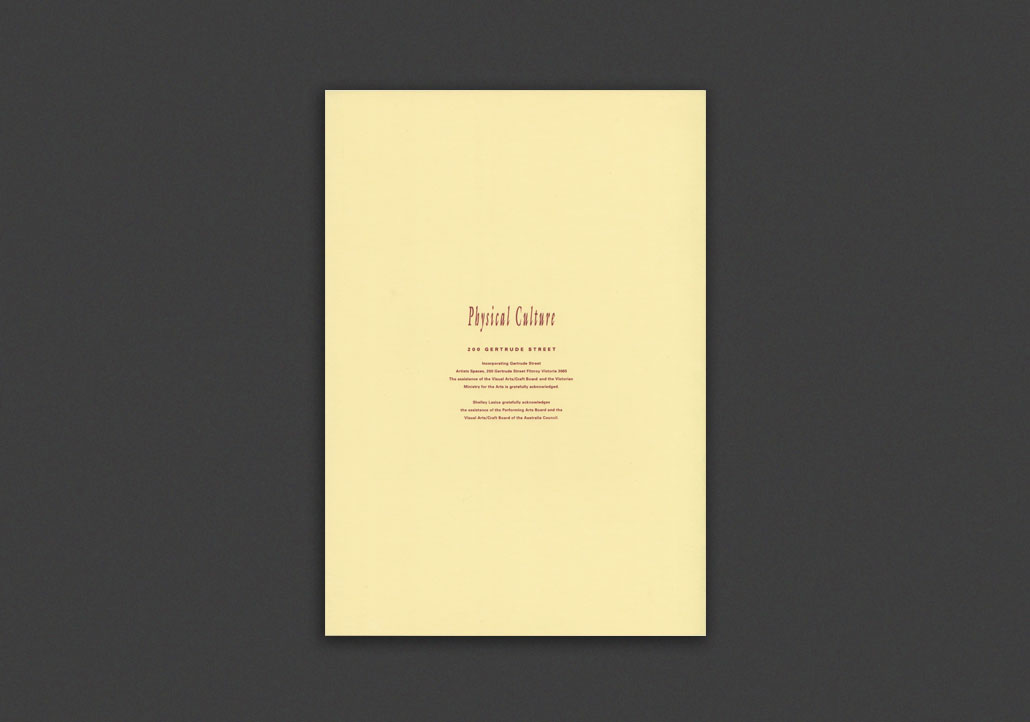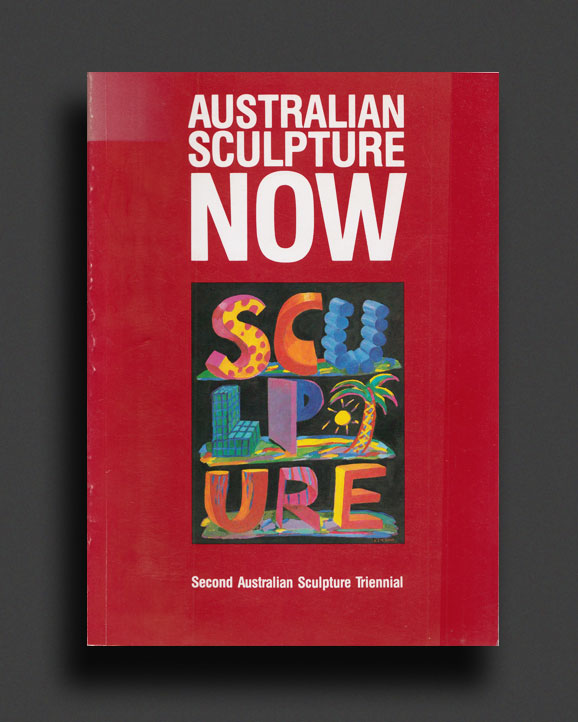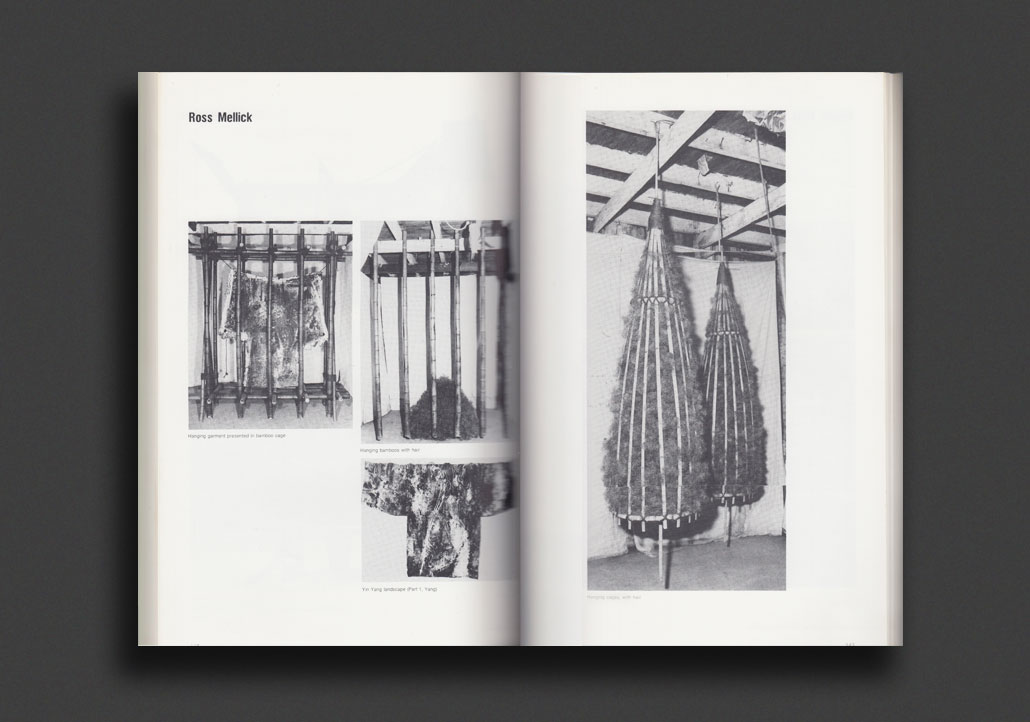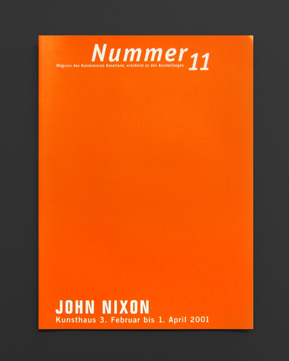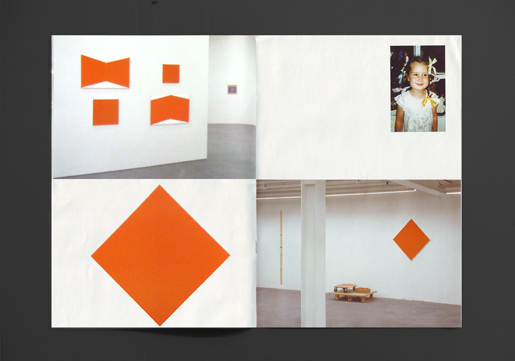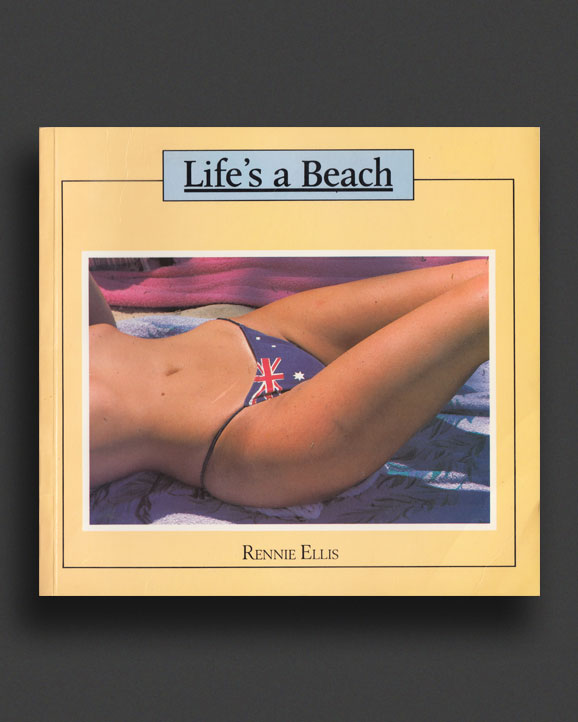(...less)
Melbourne Artist Facilitated Biennial publication by Melbourne artist Christopher LG Hill is both the ninth issue of his ongoing publishing imprint Endless Lonely Planet, and a major survey art book marking the end of his 12 year artist facilitated biennale project, spanning 2008-2020.
"Multiple sites and moments, artist facilitated biennials extending on structures and limitations set by Signs of life: Melbourne International Biennial 1999. Abstracting and bringing new meaning to the form of a biennial as a more casual and independent entity, the project has seen many participants and collaborators over the last 12 years. This book hopes to document some of these moments, but more so to be a catalyst for different modes and models that it may inspire." — publisher
Includes extensive photographic documentation of The (self initiated, Artist funded) second (fourth) Y2K Melbourne Biennial of Art (& Design), TCB art inc., 2008; The First & Final Y3K Second (third) Inaugural Melbourne Biennial of International Arts, Y3K, 2011 (curated by Joshua Petherick, James Deutsher, and Christopher L G Hill); Third/Fourth Melbourne Biennial, Margaret Lawrence Gallery, 2013; 4th/5th Melbourne Artist Facilitated Biennial, TarraWarra Museum of Art, 2016 (as part of TarraWarra Biennial 2016: Endless Circulation curated by Victoria Lynn and Helen Hughes/Discipline); 5th/6th final Melbourne Artist Facilitated Biennial, Dec 2018 -Dec 2020 (co-facilitated by Virginia Overell and Christopher L G Hill in their apartment/ the ex-Telecom building that was the site of the Melbourne International Biennial 1999)
Includes the work of ACW, Liz Allen, Animal Charm, Dan Arps, Sean Bailey, Liv Barrett, Matthew Brown, Ruth Buchannan, Jon Campbell, Jane Caught, Xin Cheng, Fiona Connor, Ying Lan Dann, James Deutsher, Daniel du Bern, Ida Ekblad, ffiXXed, Pat Foster & Jen Berean, Justin K Fuller, Matt Griffin, Ardi Gunawan, Hao Guo, Bianca Hester, Christopher L G Hill, Matt Hinkley, Helen Johnson, Lisa Kelly, Devin Kenny, Taree Mackenzie, Simon McGlinn, Rob Mckenzie, Nick Mangan, Scott Mitchell, Tahi Moore, Kate Newby, Geoff Newton, John Nixon, OSW, Alexander Ouchtomsky, Damon Packard, Spiros Panigriakis, Sean Peoples/ Cheese Peoples, Joshua Petherick, Kain Picken, Janneke Raaphorst, Nick Selenitsch, Christopher Schueler & Matthew Hopkins, Gregory P Sharp, Kate Smith, Sriwhana Spong, Dylan Statham, Masato Takasaka, Ben Tankard, Simon Taylor, Alex Vivian, Annie Wu, Hany Armanious, Andreas Banderas, Mikala Dwyer, Katherine Huang, Tobias Kaspar, Piotr Łakomy, Taree Mackenzie, Tahi Moore, Michael O’Connell, Ester Partegas, Natalie Rognsoy, John Spiteri, Dan Arps, Sean Bailey, Olivia Barrett, Matthew Benjamin, Jon Campbell, Trevelyan Clay, Fiona Connor and Michala Paludan, James Deutsher, DoubleFly, George Egerton-Warburton, Endless Lonely Planet, ffiXXed, Alicia Frankovich, Justin K Fuller, Marco Fusinato, Greatest Hits, Ardi Gunawan, Hao Guo, Christopher L G Hill, Matt Hinkley, David Homewood, Matthew Hopkins, Lou Hubbard, Renee Jaeger, Helen Johnson, Kenneth Biennale (curated by Kenny Pittock and Amy May Stuart: Chris Clarke, Christo Crocker, Christina Hayes, Chris L G Hill, Christine Pittock, Christopher Sciuto), Legendary Hearts (Kieran Hegarty and Andrew Cowie), S.T. Lore, Patrick Lundberg, Carrie McGrath, Rob McKenzie, Taree McKenzie, Nick Mangan, Gian Manik, Kate Meakin, Adelle Mills, Tahi Moore, Kate Newby, Elizabeth Newman, Virginia Overell, Sean Peoples, Joshua Petherick, Kain Picken, Lisa Radford and Sam George, Nick Selenitsch, Kate Smith, Studio Masatotectures, Sydney (Esther Edquist), Masato Takasaka and Madeline Kidd, Ben Tankard, Alex Vivian, Nicki Wynnychuk, y3k, Lauren Burrow, Counterfeitnessfirst, James Deutsher, Laurel Doody, George Egerton-Warburton, ELP3 Vine, Endless Lonely Planet, Lewis Fidock, Aurelia Guo, Christopher L G Hill, Lou Hubbard, Lucina Lane, Kate Meakin, Tahi Moore, Elizabeth Newman, Liam Osborne, Virginia Overell, Joshua Petherick, Lisa Radford, Zac Segbedzi, Nick Selenitsch, Nicholas Tammens, Alex Vivian, Rudi Williams, Gavin Bell, Jarrah de Kuijer and Simon McGlinn, Candida ((Gian Manik and Ricarda Bigolin) in collaboration with Agnieszka Chabros, Samuel Heatley and Jaala Jensen), Xin Cheng, Fiona Connor, Renee Cosgrave, Christo Crocker, Ying Lan Dann, Endless Lonely Planet, Richard Frater, Aurelia Guo, HB Peace, Hoggle, Lou Hubbard, Olivia Koh, Spencer Lai, Laurel Doody Library Supply, Patrick Lundberg, Kate Meakin, Olivia O’Donnell, Jason Willers, and more...
More info at http://www.christopherlghill.com
File under:
ACW
Liz Allen
Animal Charm
Dan Arps
Sean Bailey
Liv Barrett
Matthew Brown
Ruth Buchannan
Jon Campbell
Jane Caught
Xin Cheng
Fiona Connor
Ying Lan Dann
James Deutsher
Daniel du Bern
Ida Ekblad
ffiXXed
Pat Foster & Jen Berean
Justin K Fuller
Matt Griffin
Ardi Gunawan
Hao Guo
Bianca Hester
Christopher L G Hill
Matt Hinkley
Helen Johnson
Lisa Kelly
Devin Kenny
Taree Mackenzie
Simon McGlinn
Rob Mckenzie
Nick Mangan
Scott Mitchell
Tahi Moore
Kate Newby
Geoff Newton
John Nixon
OSW
Alexander Ouchtomsky
Damon Packard
Spiros Panigriakis
Sean Peoples/ Cheese Peoples
Joshua Petherick
Kain Picken
Janneke Raaphorst
Nick Selenitsch
Christopher Schueler & Matthew Hopkins
Gregory P Sharp
Kate Smith
Sriwhana Spong
Dylan Statham
Masato Takasaka
Ben Tankard
Simon Taylor
Alex Vivian
Annie Wu
Hany Armanious
Andreas Banderas
Mikala Dwyer
Katherine Huang
Tobias Kaspar
Piotr Łakomy
Michael O’Connell
Ester Partegas
Natalie Rognsoy
John Spiteri
Olivia Barrett
Matthew Benjamin
Trevelyan Clay
Fiona Connor and Michala Paludan
DoubleFly
George Egerton-Warburton
Endless Lonely Planet
Alicia Frankovich
Marco Fusinato
Greatest Hits
David Homewood
Matthew Hopkins
Lou Hubbard
Renee Jaeger
Christo Crocker
Christina Hayes
Chris L G Hill
Christine Pittock
Christopher Sciuto)
Legendary Hearts (Kieran Hegarty and Andrew Cowie)
S.T. Lore
Patrick Lundberg
Carrie McGrath
Rob McKenzie
Taree McKenzie
Gian Manik
Kate Meakin
Adelle Mills
Elizabeth Newman
Virginia Overell
Sean Peoples
Lisa Radford and Sam George
Studio Masatotectures
Sydney (Esther Edquist)
Masato Takasaka and Madeline Kidd
Nicki Wynnychuk
y3k
Lauren Burrow
Counterfeitnessfirst
Laurel Doody
ELP3 Vine
Lewis Fidock
Aurelia Guo
Lucina Lane
Liam Osborne
Lisa Radford
Zac Segbedzi
Nicholas Tammens
Rudi Williams
Gavin Bell
Jarrah de Kuijer and Simon McGlinn
Renee Cosgrave
Richard Frater
HB Peace
Hoggle
Olivia Koh
Spencer Lai
Laurel Doody Library Supply
Olivia O’Donnell
Jason Willers
Amy May Stuart
Kenny Pittock
Madeline Kidd
A Constructed World
Agnieszka Chabros
Ricarda Bigolin
Samuel Heatley and Jaala Jensen
Chris Clarke
Christopher Sciuto
Candida
Esther Edquist
S.T. Lore
Endless Lonely Planet / Melbourne
Art
Painting
Sculpture / Installation
Australian Art
Australian Photography
Film / Video
Performance / Dance / Theater
Conceptual Art
Curatorial
Group Shows / Collections
Periodicals
Sound / Music
Textiles
























































































































































